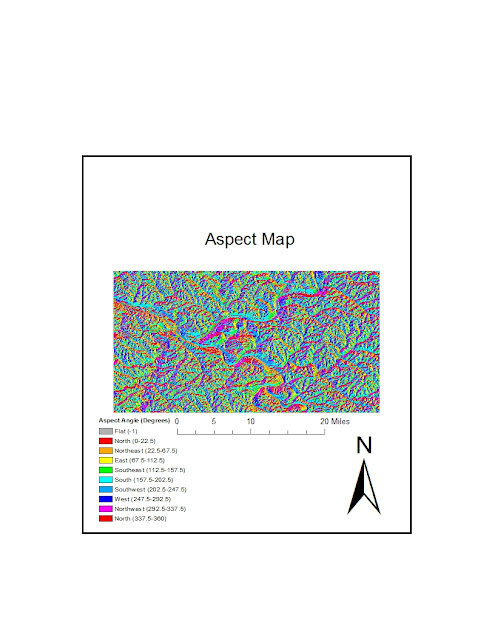This map displays the distribution of the African American population of the United States in 2000. The data shows the percentage of each county's population that identifies as African American. As is apparent, the South is predominantly black, while the West and Northeast have significantly smaller percentages of black residents. The black population is particularly small in the Great Plains states of Minnesota, Iowa and Montana.

This map shows the distribution of the Asian American population in the United States. Much like the black population, the Asian population in heavily concentrated in a few counties. These counties tend to be urban, such as Los Angeles County or San Francisco County, and they tend to be located on the West Coast. This makes sense, as Eastern Asia is nearest to the western United States. In addition, because the Asian population immigrated to the United States much more recently than the African American population, it makes sense that the former has tended to congregate in urban areas.
This map shows the distribution of Americans who identify as belonging to another race, other than Caucasian, black, or Asian. These Americans are heavily concentrated in the Southwest, in the four states that border Mexico. It can be inferred that the majority of these Americans identify as Latino, and are predominantly come from Spanish-speaking countries. Thus, California, Arizona, New Mexico and Texas are the primary destinations for these immigrants. A notable contrast between the distribution of this group and that of Asian Americans is that while the latter tends to congregate in cities, the former populates both urban and rural counties.
This map exercise was enlightening about the spatial settlement patterns of different American races. It showed where African Americans, Asian Americans and--presumably--Latino Americans tend to settle, and brought up some intriguing similarities and contrasts. One the the most striking similarities between the settlement patterns of the three races is that all three groups tend to concentrate in specific areas. However, these areas were drastically different for each race. African Americans tend to live in more rural counties of the south, a pattern which is likely a vestige of the institution of slavery. Asian Americans do the opposite, concentrating in cities on the West Coast. The Latino population is concentrated near the border with Mexico, which is likely due to a combination of the fact the those four states are accessible from the south and that those four states have string agricultural industries.
Ultimately, I believe that GIS has a lot of potential as a field. Combining different types of data (county borders, census population, bordering regions etc.) can bring to light patterns in societal development that would otherwise go unseen. Using GIS, government officials can gain insight into such simple issues as the negative noise effects of an airport to such complex issues as the regulation of immigration. The inference that one makes with the data is still the most significant part. With proper inference techniques, GIS can be a powerful tool.






